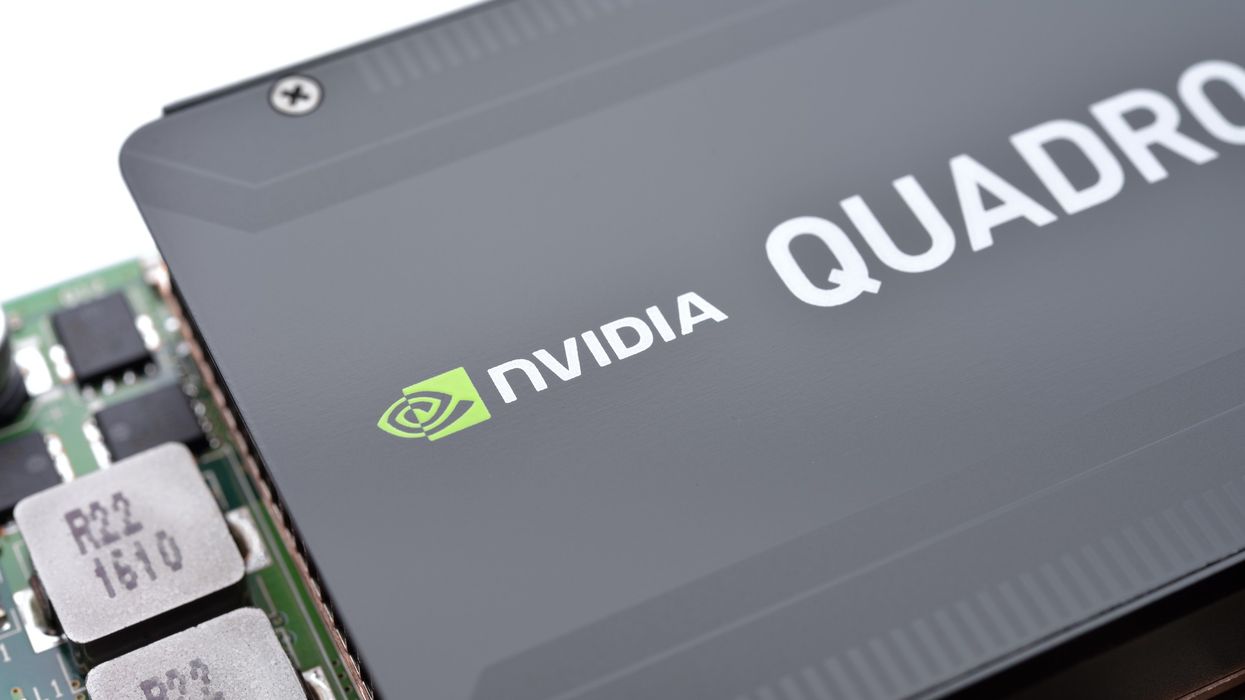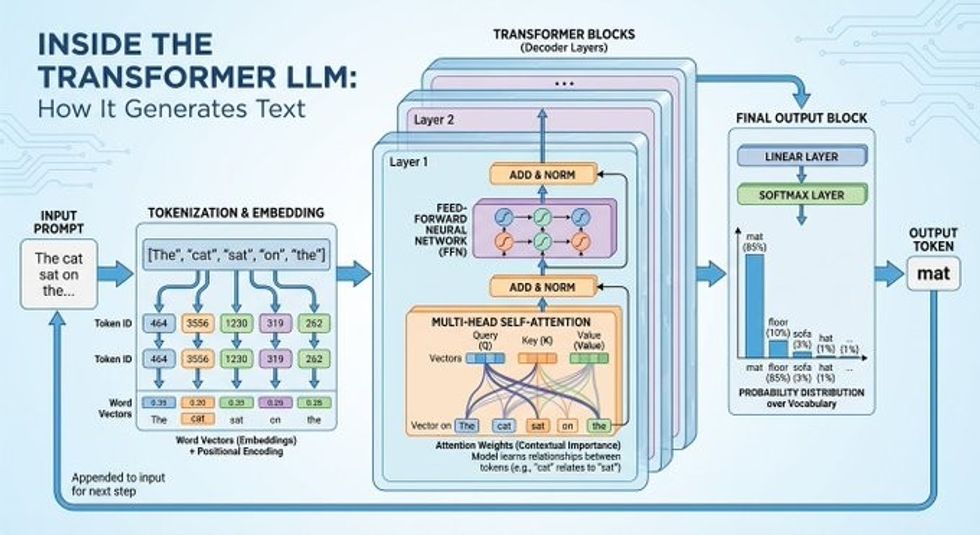Highlights:
- Nvidia introduces DGX Spark, a compact system built for advanced computing tasks.
- The desktop device includes the Grace Blackwell GB10 superchip and ConnectX-7 networking.
- Designed to give smaller businesses and developers data center performance locally.
- CEO Jensen Huang recalls delivering the first DGX system to Elon Musk at OpenAI in 2016.
Nvidia shrinks supercomputing power into a desktop
Nvidia has launched the DGX Spark, a desktop computer it calls the world’s smallest supercomputer. Built with the company’s GB10 Grace Blackwell superchip and ConnectX-7 networking, the Spark promises data center-level performance in a compact form.
The system aims to make high-end computing accessible to smaller businesses and developers who want to train and test large-scale models without renting cloud services or investing in full data centers. Nvidia says the device can be configured with up to 128GB of memory, allowing it to handle heavy computational tasks locally.
The Spark is part of a new category of systems developed with partners such as ASUS and Dell, enabling customers to design and experiment with next-generation computing applications on-site.
Jensen Huang connects new launch to past breakthroughs
Nvidia CEO Jensen Huang linked the Spark to the company’s earlier milestone, the DGX-1, launched in 2016. “We built DGX-1 to give researchers their own supercomputer,” Huang said, recalling that he personally delivered one of the first systems to Elon Musk at a small startup called OpenAI. “From it came ChatGPT, kickstarting the modern computing revolution,” he added.
“With DGX Spark, we return to that mission, placing a powerful computer in the hands of every developer to ignite the next wave of breakthroughs,” Huang said. He also hand-delivered one of the first Spark units to Musk.
Part of a broader computing ecosystem
While the Spark resembles a high-end desktop, it runs on Nvidia’s Linux-based DGX OS and its proprietary software stack. It is not intended for gaming or general consumer use but is purpose-built for running intensive computing workloads.
Users can also connect two Spark units to handle even larger projects, supporting configurations with up to 405 billion parameters. The device complements Nvidia’s broader lineup, including the more powerful DGX Station, which features the GB300 Grace Blackwell Ultra processor.
Nvidia continues to dominate the advanced computing chip market through its hardware and CUDA software platform, securing major contracts with companies such as Amazon, Google, Meta, Microsoft, and OpenAI. Recent deals include a $100 billion partnership with OpenAI for GPU infrastructure and a $6.3 billion GPU purchase by CoreWeave.













 Nano Banana Pro now supports real-time Google dataX/ Nano banana Pro
Nano Banana Pro now supports real-time Google dataX/ Nano banana Pro
